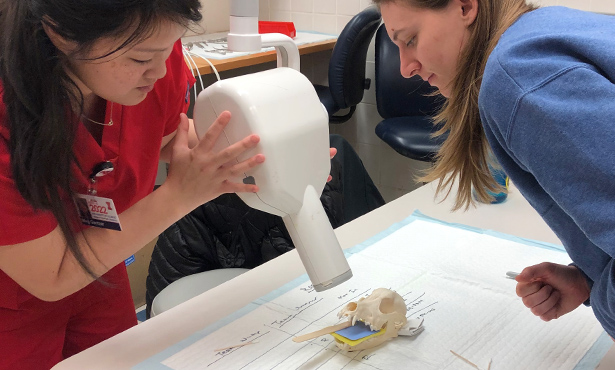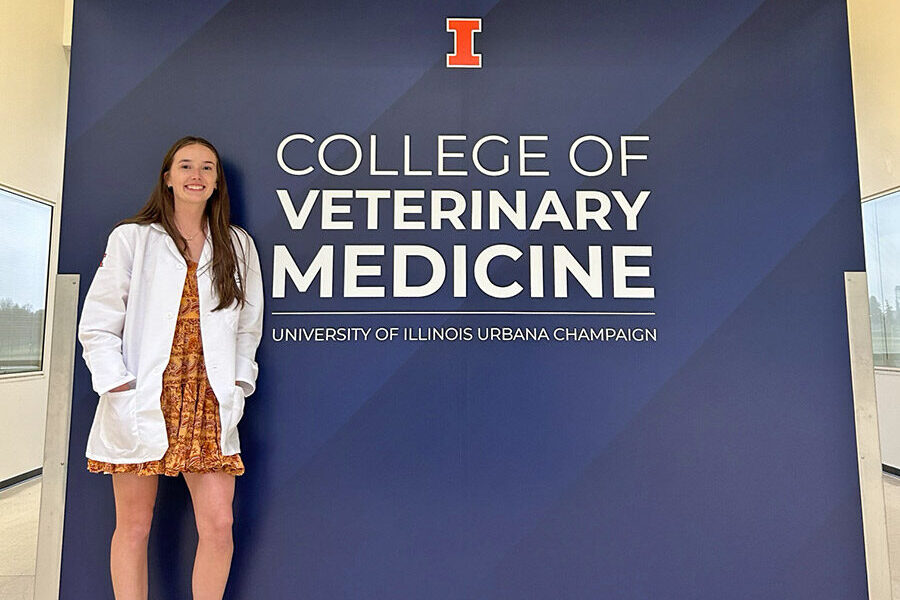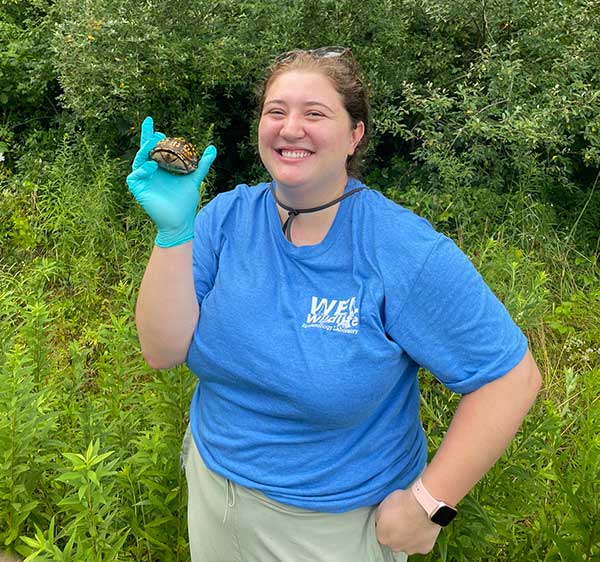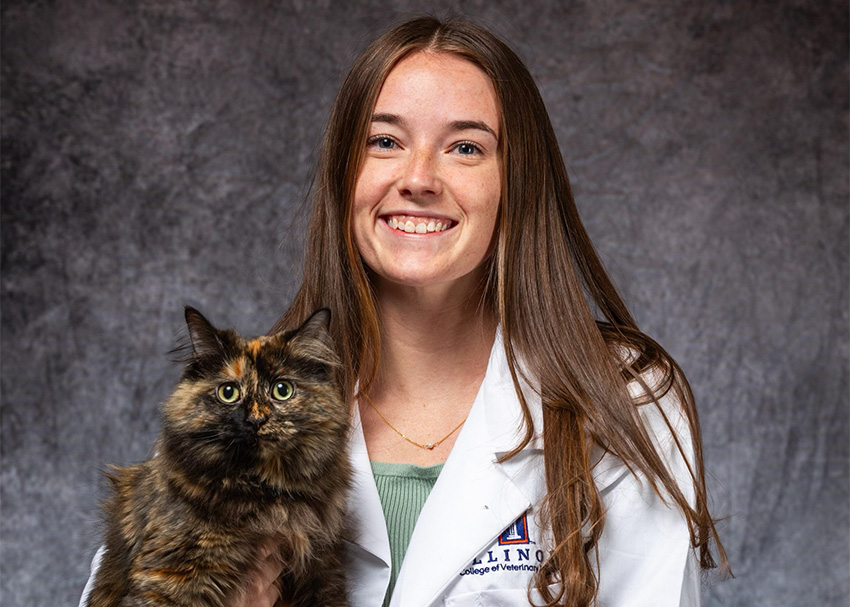After a much-needed winter break filled with home-cooked meals, catching up on sleep, and spending time with family and friends, the Class of 2022 returned to campus for our second 8-week series of clinical rotations. Entering clinics as a second-year student has been substantially different (and in my opinion, better) than our first-year rotations.
A few reasons why I have found myself liking second-year rotations more than first-year rotations include: being able to give input on rotation assignments based on interest, having five quarters of learned material under our belts instead of just one, and rotation personnel allowing second-years to have a hands-on approach and actually DO THINGS rather than mostly observe while in the clinics.
Here are my thoughts on some of the rotations I participated in
- Diagnostic Medicine was one of my favorite rotations from both first and second year. The second-years had just recently studied bacteriology, virology, parasitology, and mycology, and diagnostics was a great way to show why these subjects are relevant. The rotation allowed a lot of hands-on experience, and I was even able to necropsy (the animal equivalent of an autopsy) a leopard gecko.
- One of the rotations I picked was Dentistry because I had heard rotation activities were hands-on. Highlights of my week on dentistry included extracting two canine teeth on a cadaver, learning how to perform an oral exam, observing a vital tooth pulpotomy, and practicing a full-set of oral radiographs.
- The following week, on Small Animal Emergency Medicine, I was able to get a better feel for what clinics would be like as a fourth-year student. I saw numerous cases in a day and saw patients get transferred to many different services. The rotation personnel allowed me to perform my first jugular and saphenous venipuncture, administer subcutaneous fluids, and help restrain patients for a variety of procedures.
- The Zoo Companion Animal Medicine (formerly known as Wildlife Exotics Avian Medicine, or WEAMS) was another rotation I specifically wanted. This past summer I shadowed at an exotics clinic in Hong Kong and have been interested in getting more exposure to small exotic species. My week on in this rotation included seeing seven different species, performing my own physical exams on goats at the Miller Park Zoo, and observing a neonatal hedgehog exam.
- My previous experience with horses comes out to about ~20 hours total. The important thing is I know how not to get kicked. The Equine Medicine and Surgery rotation has helped me learn to be more confident around horses and practice many relevant procedures on horses. These procedures include putting on a halter, leading a horse, picking up a foot, locating where to administer types of medications, and performing a physical exam. Oh! And I got to watch a castration on a zebra!
- Surgical Skills is a required rotation in both our first and second years. Surgical Skills II was definitely a brush-up on material learned from Surgical Skills I, with added labs and skills that pertain to junior surgery and passing our curriculum’s Objective Structured Clinical Exam (OSCE). The surgical skills rotation is all hands-on, all the time; and because we aren’t just peeking over shoulders to get a look at a procedure but actually learning and practicing procedures on models or live animals, it is another one of my favorite rotations.
The biggest and greatest difference I have found between first-year and second-year rotations was the hands-on experience you obtain as a second-year student on clinics. And many of my classmates have agreed.
Our next step after our seven weeks on rotation include our Milestone I exam and our first OSCE. After we pass our exams, we will get to rest over spring break, finish 8 weeks of didactic lecture of our second-year, and enjoy our last summer ever!
We can’t wait for you to follow us next fall into junior surgery and—in just over a year—into fourth-year clinical rotations!
—Meg Gantzer, Class of 2022




